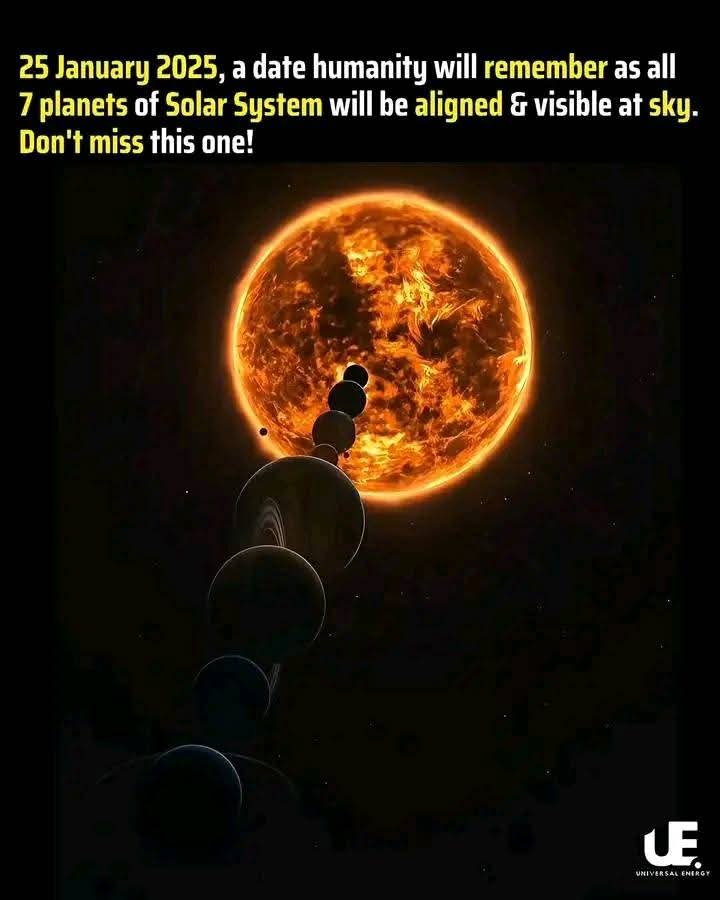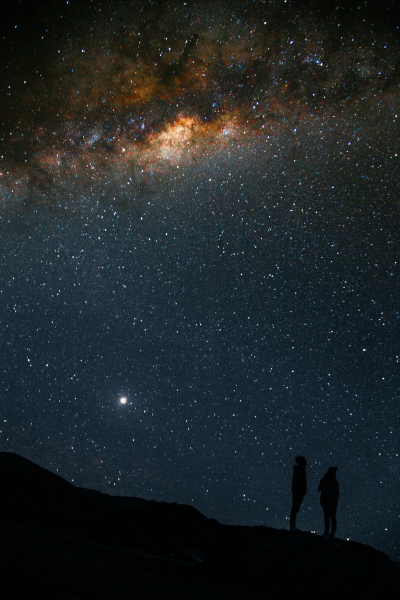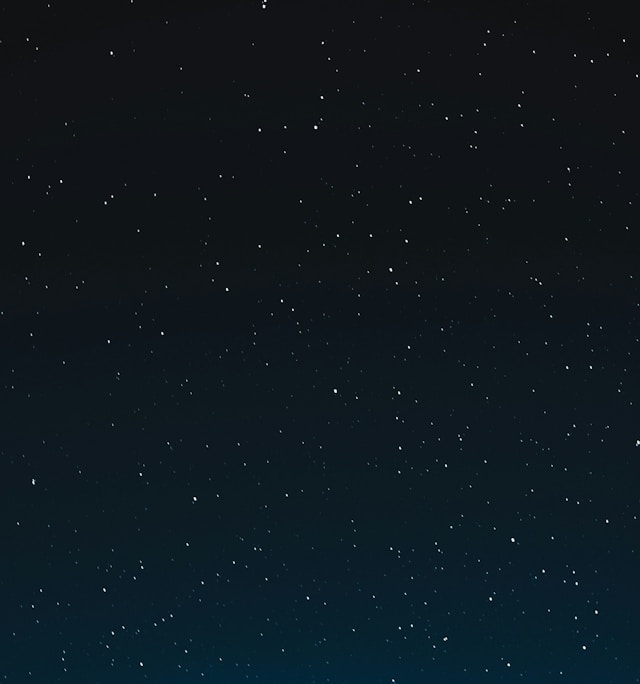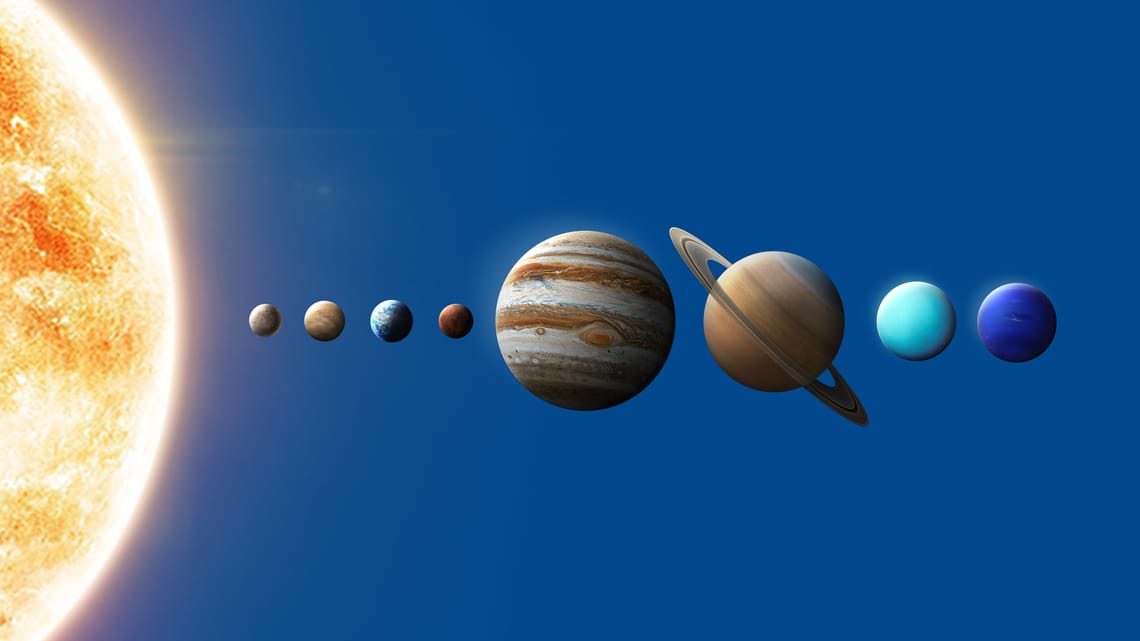On January 25, 2025, planetary alignment, a rare celestial event will occur. Most of the planets in our solar system will align in the sky, offering a once-in-a-lifetime opportunity for skywatchers to witness a planetary spectacle.
This alignment will be visible to the naked eye in Ibadan, Nigeria, making it an excellent chance for astronomy enthusiasts, photographers, and stargazers to experience the wonder of the cosmos.
Here’s everything you need to know about the planet alignment in Ibadan, including the best times to spot each planet and visibility conditions.

What is Planetary Alignment?
Planetary alignment refers to the occurrence when multiple planets in our solar system appear to line up in the sky from the perspective of Earth. While true alignment—where all planets line up perfectly—is rare, events like this give the illusion of a straight line. These alignments often occur once every few years, with some being more visually striking than others.
Best Viewing Times for the Ibadan Planetary Alignment
On January 25, 2025, skywatchers in Ibadan can expect a view of eight key planets in the sky, each with varying levels of visibility. Below is the complete viewing schedule for each planet’s rise, set, and meridian times, along with visibility ratings to help you plan your observations:
| Planet | Rise | Set | Meridian | Visibility | Comment |
|---|---|---|---|---|---|
| Mercury | Sat 06:25 | Sat 18:07 | Sat 12:16 | Difficult to see | Mercury is close to the Sun, making it tricky to observe. |
| Venus | Sat 09:52 | Sat 21:54 | Sat 15:53 | Great visibility | Venus will be clearly visible, shining brightly in the sky. |
| Mars | Sat 17:46 | Sun 06:17 | Sun 00:02 | Perfect visibility | Mars will be in optimal viewing position throughout the night. |
| Jupiter | Sat 14:49 | Sun 03:15 | Sat 21:02 | Perfect visibility | Jupiter will be easily visible and bright. |
| Saturn | Sat 09:40 | Sat 21:35 | Sat 15:38 | Average visibility | Saturn will be visible, but not as striking as other planets. |
| Uranus | Sat 13:35 | Sun 01:58 | Sat 19:46 | Average visibility | Uranus will be visible but not as bright as the others. |
| Neptune | Sat 10:17 | Sat 22:17 | Sat 16:17 | Very difficult to see | Neptune’s faint light makes it hard to spot without telescopes. |
Visibility and Optimal Viewing Locations in Ibadan
While the alignment will be visible across Ibadan, the conditions and visibility will vary depending on the planet. The best times to view each planet will typically be close to its meridian time, when the planet is highest in the sky. Here’s a breakdown of the visibility:

- Mercury: Although it’s a difficult planet to see due to its proximity to the Sun, if you’re an early riser, you can spot it just before sunrise.
- Venus: Known as the “Evening Star,” Venus will be one of the easiest planets to spot in the sky, shining brightly around sunset and remaining visible until late in the evening.
- Mars and Jupiter: Both of these gas giants will have perfect visibility during the alignment, with Mars visible in the evening and Jupiter visible during the afternoon.
- Saturn and Uranus: These planets will be visible but not as easy to observe. While Saturn will show up nicely in the late morning, Uranus requires some effort and patience to locate.
- Neptune: Due to its dimness, Neptune will be the most difficult to see without the aid of telescopes.
How to Maximally Observe the Alignment in Ibadan

For the best viewing experience in Ibadan:
- Find a Dark Location: Get away from city lights to ensure you have the clearest view of the sky. A rural area or high ground will offer the best results.
- Use Binoculars or a Telescope: While most planets can be spotted with the naked eye, a pair of binoculars or a telescope will allow you to see more details.
- Check the Weather: Clear skies are crucial for optimal viewing, so monitor the weather forecast to avoid cloud cover on the day of the event.
When is another Planetary Alignment?
The next notable alignment is expected to occur on September 8, 2040, when five naked-eye planets—Mercury, Venus, Mars, Jupiter, and Saturn—will align in the sky, accompanied by a crescent Moon positioned between Venus and Saturn. The expected optimal viewing time for this event is around 19:30 local time.
Be sure to mark your calendars, prepare your viewing gear, and find the best spot to witness this celestial wonder!



Leave a Reply